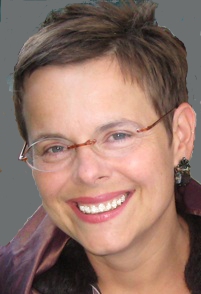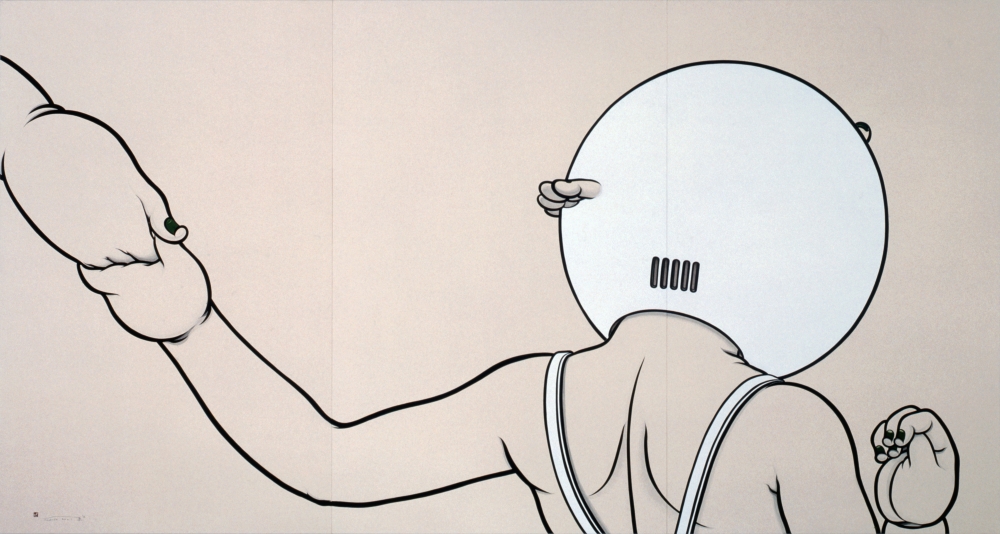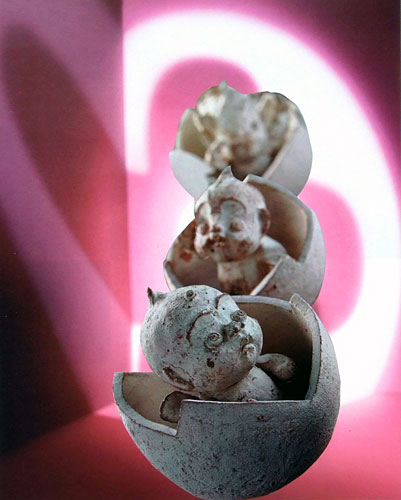Child's Play

While people like to think of childhood as a time of innocence, simplicity and joy, for many children around the world, that sensibility is far from reality.
A forthcoming symposium at UC Santa Barbara will bring together experts from Japan, Europe and the U.S. to discuss the contemporary as well as historic experiences of childhood in Japan and place those experiences within a larger transregional, transnational or global context.
The two-day conference, “Child’s Play: Multi-Sensory Histories of Children and Childhood in Japan and Beyond,” begins at 9 a.m. Friday, Feb. 27, in the McCune Conference Room, 6020 Humanities and Social Sciences Building. It is free and open to the public.
“Briefly put, there is no greater challenge for Japan today than the ‘child crisis,’ an umbrella term for a series of issues ranging from the demographic downturn to bullying, child abuse and suicide, among other issues,” said Sabine Frühstück, a professor of modern Japanese cultural studies and the conference organizer. “None of these issues is unique to Japan. Japan is just ahead with regard to facing them as compared to other countries in Asia and in other parts of the world, including the U.S.”
The evolution of games and play is of particular interest. Elise Edwards, an anthropologist at Butler University and a part-time college soccer coach, will discuss her study of competitive youth soccer in Japan in her presentation, “From Grade School to Great Star: Childhood Development and the ‘Golden Age’ in the World of Japanese Soccer.”
According to Frühstück, while childhood in Japan and coming of age in the U.S. share many of the same qualities, each is also distinctive in its own way. With high literacy rates, national health care, less immigration, smaller differences in income and class and a lower birth rate than the U.S. — 1.4 children per woman in Japan as compared to 1.9 in the U.S., according to the World Bank — Japanese society is more homogenous.
“I think what we start from is the premise that some of the children’s problems that are observed in many different places, including bullying and child suicide, are more prominent and more discussed in Japan precisely because of the demographic crisis,” said Frühstück.
“The spotlight in Japan is on fewer and fewer children,” she continued. “They tend to grow up in one-child families, and typically with both parents because the divorce rate is much lower. In contemporary Japan, there is a lot of pressure on children to succeed.”
In her presentation, “On the Moral Authority of Innocence,” Frühstück will explore images of children and soldiers in 20th-century wars. Arguing that representations of children have a moral role in legitimizing war, Frühstück will highlight images not only of Japanese Imperial Army soldiers handing out caramels to Chinese children in the 1940s but also of U.S. soldiers chatting and laughing with Iraqi and Afghani children in the early 2000s.
Other topics to be addressed include historical perspectives in Japan on treatments and interventions for children with autism, as well as the history of the samurai culture. Or Porath, a UCSB graduate student in Religious Studies, will shed light on the history of the monastic child in medieval Japan. UCSB’s Luke Roberts, a professor of Japanese history, will discuss samurai childhoods during the Edo period, from 1603 to 1868. Anne Walthall, a professor emerita at UC Irvine, will give a talk on “Birth Order and the Making of Childhoods in Samurai Families.”
The conference will conclude with a panel discussion on “Art, Japan and Childhood.” Among the participants are artist Machida Kumi, a prominent painter and winner of the 2007 Sovereign Asian Art Prize with shows in Tokyo, Frankfurt and Amsterdam, whose work features asexual babyish figures; Dick Hebdige, UCSB professor of art and of film and media studies; and Jennifer Robertson, professor of anthropology and art history at the University of Michigan.
More information about the conference, including a complete schedule of events, can be found at http://www.eastasian.ucsb.edu/projects/childs-play.





